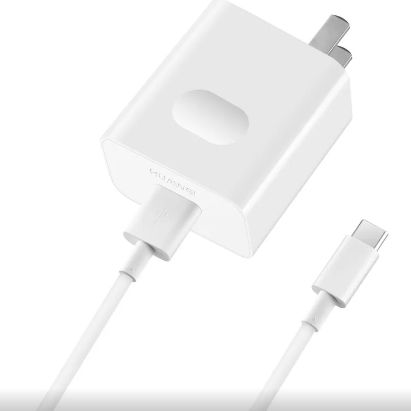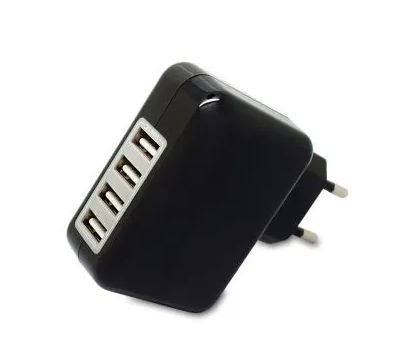The difference between power adapter and charger
1. Different structures
Power adapter: It is an electronic appliance for small portable electronic equipment and power conversion equipment. It consists of shell, transformer, inductor, capacitor, control chip, printed circuit board, etc.
Charger: It is composed of stable power supply (mainly stable power supply, stable working voltage and sufficient current) plus necessary control circuits such as constant current, voltage limiting and time limiting.
2. Different current modes
Power adapter: The power adapter is a power converter that is transformed, rectified and regulated, and the output is DC, which can be understood as a low-voltage regulated power supply when the power is satisfied. From AC input to DC output, indicating power, input and output voltage, current and other indicators.
Charger: It adopts constant current and voltage limiting charging system. A charger usually refers to a device that converts alternating current into low-voltage direct current. It includes a control circuit such as current limiting and voltage limiting to meet the charging characteristics. The general charging current is about C2, that is, a 2-hour charging rate is used. For example, a 250mAh charge rate for a 500mah battery is about 4 hours.
3. different characteristics
Power Adapter: The correct power adapter requires safety certification. The power adapter with safety certification can protect personal safety. To prevent electric shock, fire and other hazards.
Charger: It is normal for the battery to have a slight temperature rise in the later stage of charging, but if the battery is obviously hot, it means that the charger cannot detect that the battery is saturated in time, resulting in overcharging, which is harmful to the battery life.
4.the difference in application
Chargers are widely used in various fields, especially in the field of life, they are widely used in electric vehicles, flashlights and other common electrical appliances. It generally charges the battery directly without going through any intermediary equipment and devices.
The process of the charger is: constant current – constant voltage – trickle, three-stage intelligent charging. The three-stage charging theory in the charging process can greatly improve the charging efficiency of the battery, shorten the charging time, and effectively prolong the battery life. The three-stage charging adopts constant current charging first, then constant voltage charging, and finally uses float charging for maintenance charging.
Generally divided into three stages: fast charging, supplementary charging, and trickle charging:
Fast charging stage: The battery is charged with a large current to quickly restore the battery power. The charging rate can reach more than 1C. At this time, the charging voltage is low, but the charging current will be limited within a certain range of values.
Complementary charging stage: Compared with the fast charging stage, the supplementary charging stage can also be called the slow charging stage. When the fast charging phase is terminated, the battery is not fully sufficient, and a supplementary charging process needs to be added. The supplementary charging rate generally does not exceed 0.3C. Because the battery voltage increases after the fast charging phase, the charging voltage in the supplementary charging phase is also There should be some improvement and constant within a certain range.
Trickle charging stage: At the end of the supplementary charging stage, when it is detected that the temperature rise exceeds the limit value or the charging current decreases to a certain value, it starts to charge with a smaller current until a certain condition is met and the charging ends.
Power adapters are widely used in routers, telephones, game consoles, language repeaters, walkmans, notebooks, mobile phones and other equipment. Most power adapters can automatically detect 100 ~ 240V AC (50/60Hz).
The power adapter is a power supply conversion device for small portable electronic devices and electronic appliances. It externally connects the power supply to the host with a line, which can reduce the size and weight of the host. Only a few devices and electrical appliances have built-in power in the host. Inside.
It is composed of a power transformer and a rectifier circuit. According to its output type, it can be divided into AC output type and DC output type; according to the connection method, it can be divided into wall type and desktop type. There is a nameplate on the power adapter, which indicates the power, input and output voltage and current, and pay special attention to the range of the input voltage.
Post time: Aug-16-2022


